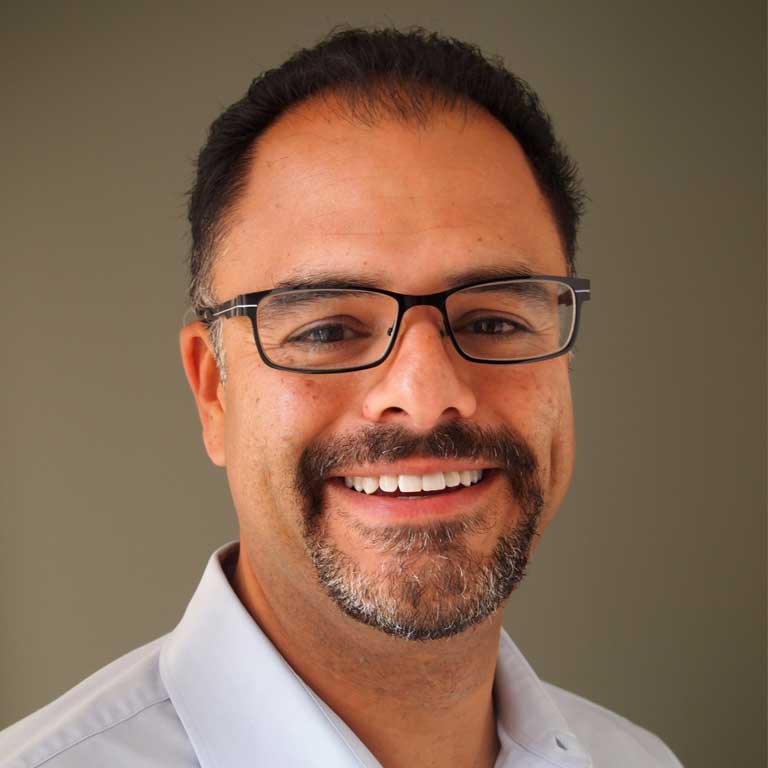Current Situation
Nativism and xenophobia are potent social and political forces in the United States. Anti-immigrant discrimination often spills over into violence against anyone perceived to be different, dark, or dangerous. It extends to U.S.-born Black and brown people, non-English speakers, women who wear hijabs, and others.
Lazy versions of U.S. history aid and abet such hatred. The stereotype of Indiana as exclusively white and Christian erases the religious, racial, and ethnic diversity of our state and our city. This project aims to narrate a more accurate chronicle of our shared past by unearthing the long, forgotten history of Arabs in Indianapolis, reclaiming their stake in building this city, and creating new collective memories of who we have been.
The Project
The Arab Indianapolis project explores and celebrates the history of Arab Americans in Greater Indianapolis, the diversity of our community, and our contributions to the city. We connect contemporary Hoosiers of all backgrounds to our shared past.
The project began in March, 2020. Two dozen other Arab Americans and nine student researchers assisted in its development. IU Indianapolis students Jay Brodzeller and Ronnie Kawak worked on the project from beginning to end; Dana Dobbins, Emma Eldridge, Lily Malcomb, Layla Mitiche, Asrar Jaber, Jamee West, and Mickey Yoder made significant contributions, as well. Ziad Hefni was the project’s photographer. Prof. Paul Mullins and Prof. Jeff Wilson also supported the project. It has been supported by 75 individual donors and 14 institutions.
Humanitarian Impact
The immediate impacts of the project can be seen in terms of its public prominence and the number of people who have engaged one of its products. As of now, there have been over 28,000 views of the blog, over 1,100 views of the Arab Indianapolis Heritage Trail on Clio, and hundreds of books sold or given away. The film has been broadcast on all eight PBS stations in Indiana and is steaming on PBS. It was also selected for inclusion in the Heartland Film Festival. The project and its director have received broad media coverage in the Indianapolis Star, Indianapolis Monthly, WISH-TV, WFYI News, WRTV, IU Research, and WFYI’s member magazine and website. The future impact of the historical marker at Lucas Oil Stadium, the use of the PBS Learning Media lesson plans, the 20 Indiana Humanities-sponsored screenings and dialogues, and the paid educator workshops will multiply and extend the influence of Arab Indianapolis in communities and classrooms across Indiana and beyond. In the Arab American community itself, the project has been shared countless times on social media, and long-lost friends have contacted one another to reconnect as a result of the project. It has spurred pride, learning, and self-examination in the Arab community, as reflected in Sierra Martin’s interview in the Indianapolis Star and Sara Hindi’s review of the book.
Results / Data
- PBS Documentary, Arab Indianapolis: A Hidden History, PBS
- Book of stories and photographs, Arab Indianapolis, Edward E. Curtis IV
- Blog, Arab Indianapolis
- Heritage Trail, Arab Indianapolis Heritage Trail
- State of Indiana Historical Marker, Monument-Indianapolis’ First Memorial Dedicated to Arab American History
- K-12 Lesson Plans, Videos and Lesson Plans Tied to State and National Classroom Standards, PBS Learning Media
- Educator Workshops
- 20 Screenings and Dialogues, sponsored by Indiana Humanities




